Across most media portrayals, libraries are sternly quiet places for scholars and school children to be shushed by matronly docents. In popular conception, many of them are seen as more aesthetics than service, like the historic tourist site that is the central library branch in New York City. (Those lions make the perfect photo backdrop.)
But on TikTok, libraries are your friends, brought to life by fellow meme-driven creators with real human faces and voices propelling their community hubs to new levels of utility and cultural influence.
In some ways, the digital presence of these public education organizations on the platform can feel like a tonal disruption of your typical FYP scrolling — comment sections are full of comedic shock upon finding your local library posting memes only you should know (usually through proliferation driven by fame-chasers). But they also somehow fit right in, embracing TikTok’s specific posting culture with silly and informative content.
More than anything, libraries represent an altruistic use of the app, as a way to connect with hard-to-reach populations, get them interested in a public good, and then help them answer questions, build community, and enrich themselves in nearly any way necessary, on-app or off.
As state governments encroach on educational freedoms(opens in a new tab), nationwide book ban attempts reach record highs(opens in a new tab), and defunding efforts(opens in a new tab) threaten the stability(opens in a new tab) of libraries, social media engagement efforts are working to convince the nation that these public resources are vital.
Whether as an influencer hub, search engine, or place for community-generated education, TikTok has become the originator, collector, and promoter of current digital culture and its active participants. Libraries fit into a subsect of the app focused on education, but in a way that’s different than individual content creators and also separate from the corporate- and brand-oriented pages(opens in a new tab) that have exploded on the app.
Libraries tapping into the digital zeitgeist
In a Venn diagram of TikTok content, library accounts overlap with another of the platform’s most popular sides, known as #BookTok. But even among these literary havens, libraries stand out.
As state and city entities, public libraries can’t monetize their content on the app like other individual creators, brands, and nonprofits are able to — they can’t cash in gifts on TikTok Live, profit from affiliate codes in their bios, paywall premium content, or use the app’s new e-commerce feature(opens in a new tab). Rather than an avenue for monetary and brand support (personal or corporate), in these cases the app is more like a digital resource fair, connecting local libraries to their bases while simultaneously bolstering the well-established network of libraries nationwide.
The perks of having these public entities on their own uniquely cozy corner of the app go both ways, with patrons benefiting from outreach and libraries benefiting from access. Tevin Vuong is a librarian and member of Brentwood Public Library(opens in a new tab)‘s publicity department, which means handling all things social media, marketing, and graphic design. Vuong is also the face of the library’s TikTok account(opens in a new tab), which was started in 2020.
“I was given the creative freedom to do what I thought would be best and to be a little weird, to be a little more experimental compared to how we were on Facebook and Instagram,” Vuong said. “I thought it was important to have a face to connect with the ‘brand,’ so I took it upon myself to start being on camera more.”
Vuong is a Brentwood, New York, local, born and raised, who started working for the library 10 years ago as a volunteer. Since then, Vuong has become a kind of local celebrity among library staff and its patrons, despite their humility over the unintentional fame. “I’ve gotten recognized by teenagers walking through the building, and they’re like, ‘We love you on TikTok!'”
And while that’s a strange phenomenon in a library setting, the slight discomfort of being a TikTok celebrity with thousands of viewers is canceled out by the impact of reaching young people. Vuong explained that TikTok’s become the easiest way to connect their marketing efforts with teen audiences, which is, historically, one of the hardest-to-reach populations for the library.
“We struggle to get these teens to look at our marketing on Facebook, Twitter, or Instagram, but they are watching us on TikTok. They see our content, so we know it’s working.”
Vuong knows what sells on TikTok: fandom memes.
Credit: Brentwood Public Library
Paul Wellington is the social media specialist for the Cincinnati & Hamilton County Public Library(opens in a new tab) system, which oversees 41 locations for more than 800,000 patrons. Like at Brentwood, Wellington says the Cincinnati Public Library TikTok(opens in a new tab) (shortened for socials) has provided a way to reach college students and other young adults in the 18-to 24-year-old age range, who are often sequestered from public library systems because of the availability of university or college libraries.
“Overall, that’s been a really hard demographic to engage, not only with us, but across libraries around the country,” he explained. “But TikTok is probably the only platform where we can be really humorous, a little more silly. It’s really great to engage with our younger demographic on there.”
Part of that success can be attributed to TikTok’s ability to use trending sounds, memes, and filters to connect with audiences through a common vernacular. It might also be a product of the promotion and availability of digital resources, which became more vital than ever during the pandemic and continue to appeal to people online and off.
“We already had this vast collection of digital services and resources that patrons can access, and we used our social media platforms, including TikTok, to push those services, to make those services more visible. It’s not just for our patrons, because most of these services are available at your local library,” Vuong said.
And in doing this, Vuong explained, library accounts on TikTok are able to support one another in a de facto mass public education effort, re-engaging communities with the actual purpose of a library and what its potential means to patrons.
“We try to promote stuff that will benefit all libraries, services that most libraries would have access to,” Vuong said. Connections to resources like printing services, WiFi hotspots, and unique materials for checkout like manga books and plant seeds(opens in a new tab) have made the list of shoutouts, as well as board games, card games, vacuums, 3D printers, and even blood pressure monitors — all forming a diverse set of offerings solidifying the library’s role as a core community asset.
“A lot of people aren’t aware of what the modern public library is,” Vuong said. “Our library is a learning hub. Patrons can come in and learn English as a second language or take computer classes. We’re also a community center. People can come together for cooking classes, fitness classes. We’re also a literacy hub. We offer all kinds of books for all groups, ages, people, topics. We also have book discussions for Spanish speakers, because Brentwood has a large Spanish-speaking community. And we’re also a culture center. We have a responsibility to preserve the rich history of Brentwood.”
Libraries supporting libraries
Unlike Vuong’s fairly singular presence on the Brentwood page, the Cincinnati Public Library account is a broad view of the city’s entire network of libraries, including the stars of the page. Wellington explained that the social media team travels around the branches to record content, and often includes members of the communications department or even posts videos made by other staff themselves in a network-wide effort. “We’re very mindful to have our content on TikTok reflect our diversity and the staff that we have,” he said. “[TikTok] is also a great way to have really diverse followers, as well.”
Libby Scott is the communications manager for Cincinnati & Hamilton County Public Library. She says that there’s an overwhelming sense of fun and engagement with the staff through the creation of TikTok videos, which are viewed by people around the world. About half of the account’s followers are locals, while at least five percent are from countries outside the United States.
Despite their account’s unique place on the app, Scott and Wellington reiterated that libraries aren’t immune from the pressure to post the next viral TikTok.

Wellington captures all parts of the library’s work for its social pages.
Credit: Cincinnati & Hamilton County Public Library
“We’re at a bit of a reflection standpoint,” Scott said. “We’ve been doing a lot of experimentation, and we’re at a point where we’re like, what else could we try? For our purposes, we are focused on a lack of awareness, and then raising awareness of what we do, what we offer, and all of the people we help and support.”
One of Cincinnati Public Library’s most popular videos(opens in a new tab), for example, is about the system’s waiving of late fees, a “fine-free” shift which many libraries have also taken. Libraries aren’t just informing patrons about their own branches on the app, however. They are also building new forms of connection and support with other systems around the country.
In fact, the TikTok library community has become a social space in and of itself. “We’re commenting on other library TikToks,” Vuong said. “They’re commenting on ours. I’m interacting with librarians from libraries across the country, from Texas to Philadelphia, even the ones local to us. I’m interacting with these libraries I’ve never seen in person.”
Vuong credits the Brentwood page’s shift in posting frequency to taking notice of a “pass-the-book” trends among libraries who had already been established on the app, which eventually led to their two most(opens in a new tab) viral trend(opens in a new tab) videos. “There’s something like a competitive nature to it,” Vuong explained.
The lighthearted delivery of educational content, the practicality of useful public information integrated cleanly into existing scroll habits, the homegrown creators breaking down barriers through memes and common ground — it all adds up to an accessible new cultural presence that refreshes the stodgy perception of libraries of old.
“It’s really great to humanize the library, because it’s part of the community,” Wellington said. “They know who these people are, they’re here every day or every week to help you find a book or help you find a resource. It’s very important to recognize who we are and show our faces.”
Libraries as the new teen space
Another place where libraries on TikTok differ from the platform’s other users, and even from the #BookTok community they’re so closely aligned with, is that libraries actually want you to close the app and get off their pages. As welcoming as the posts and comment sections are, greeting followers in person matters even more.
Michael Buono is Vuong’s supervisor and head of Reference and Patron Services at Brentwood Public Library. Buono said that there’s a misconception that libraries are not buzzing social spaces. “We’re a very busy place. We’re not a quiet place. There’s not the expectation that people are completely silent. The community is really all here.”

Brentwood Public Library is as much a social space as it is a learning hub.
Credit: Brentwood Public Library
A lot of the social team’s work is making that known, especially for younger patrons. Vuong explained that the library hosts its own soundproofed teen space, separate from the rest of the library, for young people to use for socializing and reading. The Cincinnati & Hamilton County Library also dedicates space and programming to this age group(opens in a new tab), including providing LGBTQ resources.
And this is the heart of the power of libraries in the digital age. As communities craved in-person social interaction and navigated the new IRL realities post-lockdown, young people were left with even fewer options than before. Of late, more and more institutions are viewing young people as liabilities, as witnessed through the new chaperone policies of Knott’s Berry Farm(opens in a new tab) or the curfew restrictions on teenagers set by malls and other traditional “third spaces(opens in a new tab)” outside of home and work or school. It’s part of a wave of teen-based restrictions on patronage(opens in a new tab) that further limit the places where teens can just be teens.
The narrowing of access lies in direct opposition to a wave of nostalgic longing that’s taken over real world interactions and digital culture, which has gotten young people back into spaces that older generations thought were once abandoned.
“I’m old,” Buono said. “We used to have video stores. My friends and I, when we were teens, would go to the video store, pick out a movie, and not do a thing. They don’t have a place to do that anymore. If you want that browsing experience, we’re the only place that you can do that without also expecting to have money on hand to get it. Everything else is a store.”
The lack of physical gathering places could make teens even more reliant on social media(opens in a new tab) as the only place to form community, engage in cultural and educational exchange, and simply have fun — but that’s where libraries could come in.
“We are a pillar of the community and provide community space,” Scott explained. “Whether we’re talking about social media or meeting room space or public space, our buildings are a place for community.”
The revamped image of libraries as a social environment, helped by their newfound connections on TikTok, could impact just about everyone, as potential beneficiaries of one of the few remaining public spaces that have no expectation of consumption, that don’t require patrons to have the funds to make a purchase or demand anything beyond the desire to sit in community. That dynamic is also present in-app, on the library pages themselves, but it has meaning far beyond.
“The future of libraries is as community centers,” Vuong said. “A place where locals can come if they’re looking for help, if you’re trying to research a topic, if you want to hang out with your friends, or if you’re just looking for a safe place to be.”
For now, people can come together in finding a similar sort of relief in the comment sections of the library TikTok accounts, beacons within the crowd of influencers, brands, and product recommendations, that offer a much more simple alternative.
Want more Social Good stories in your inbox? Sign up for Mashable’s Top Stories and Deals newsletters today.
Source link

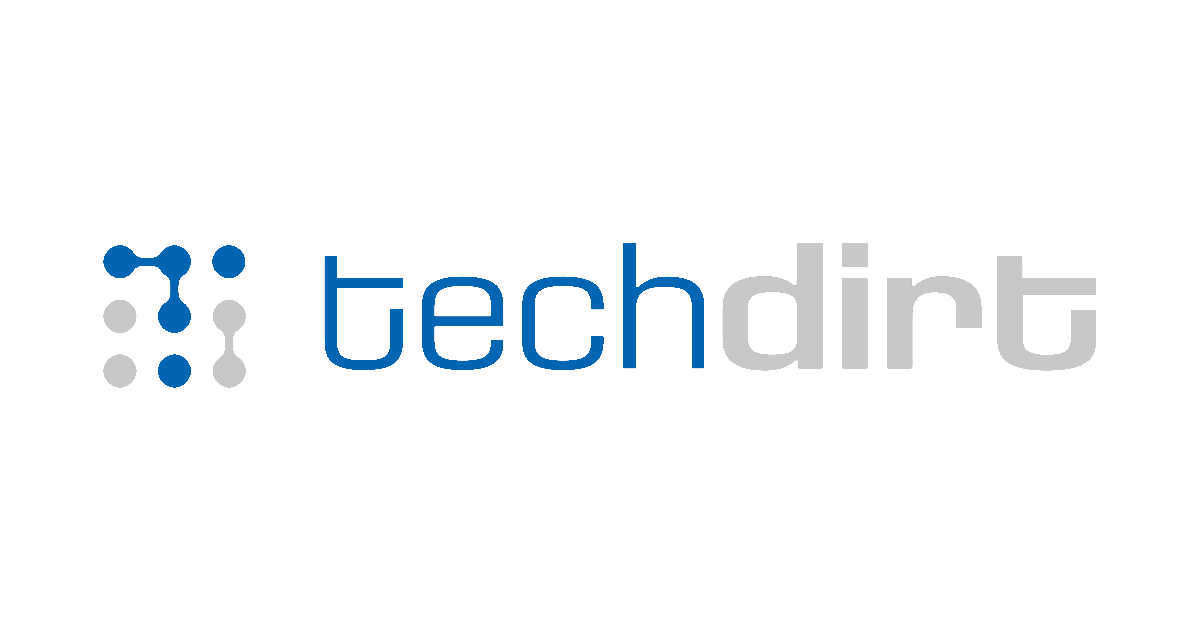
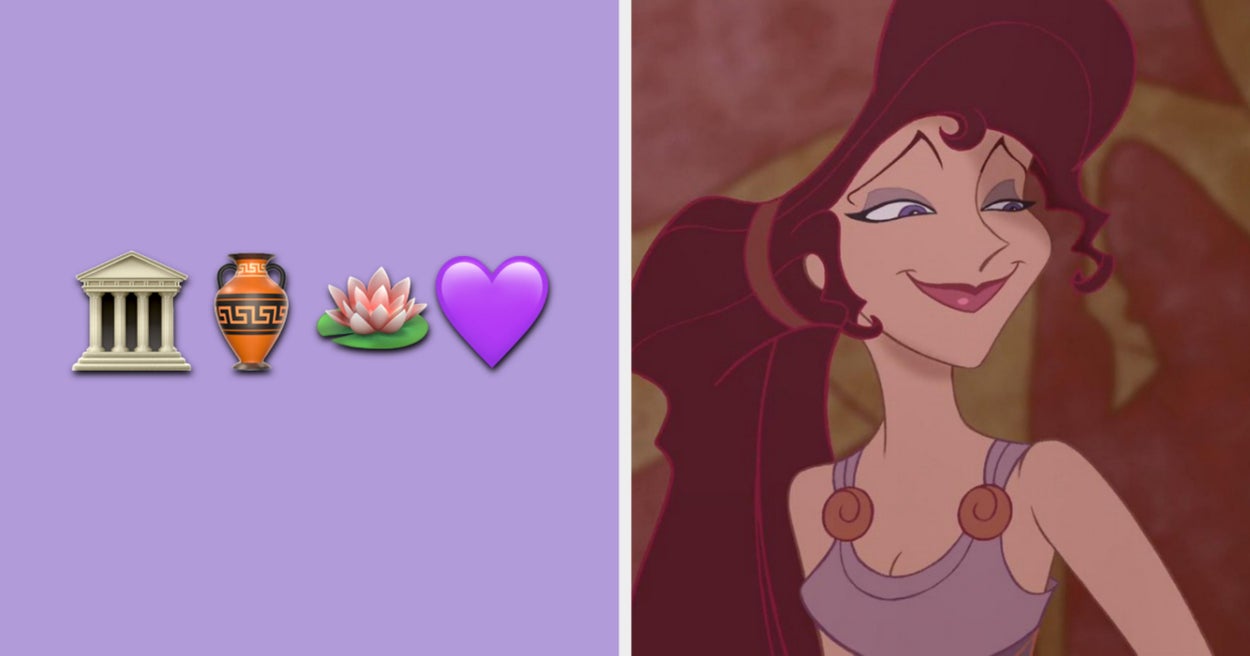
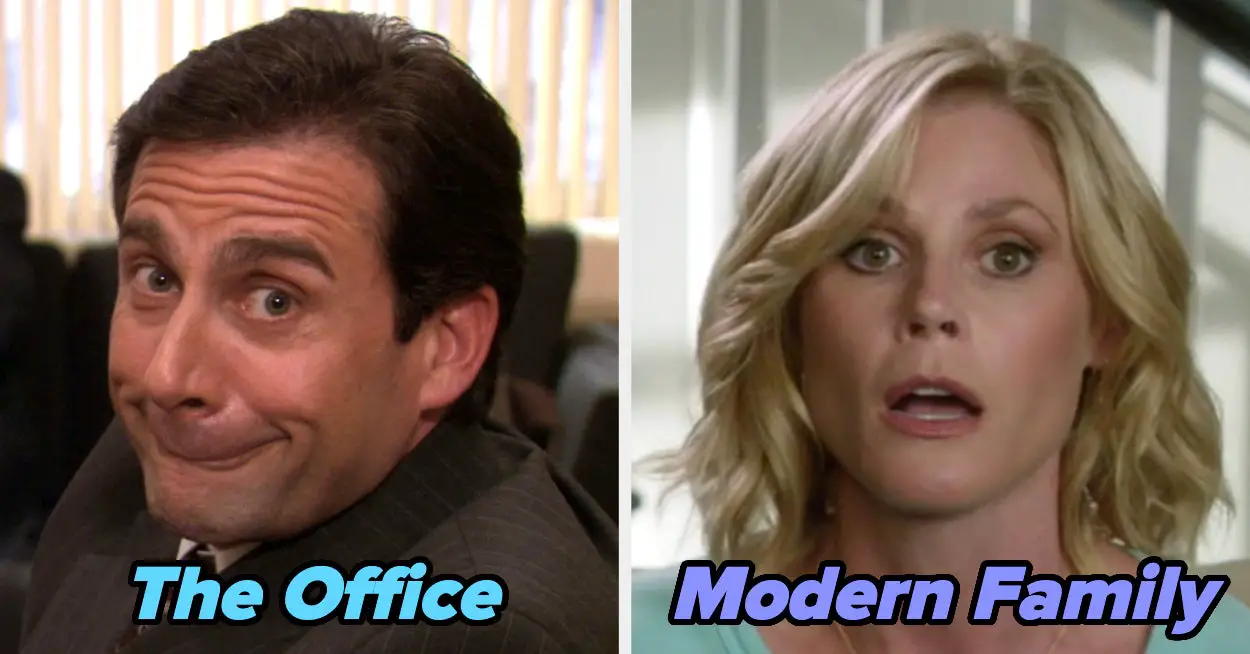
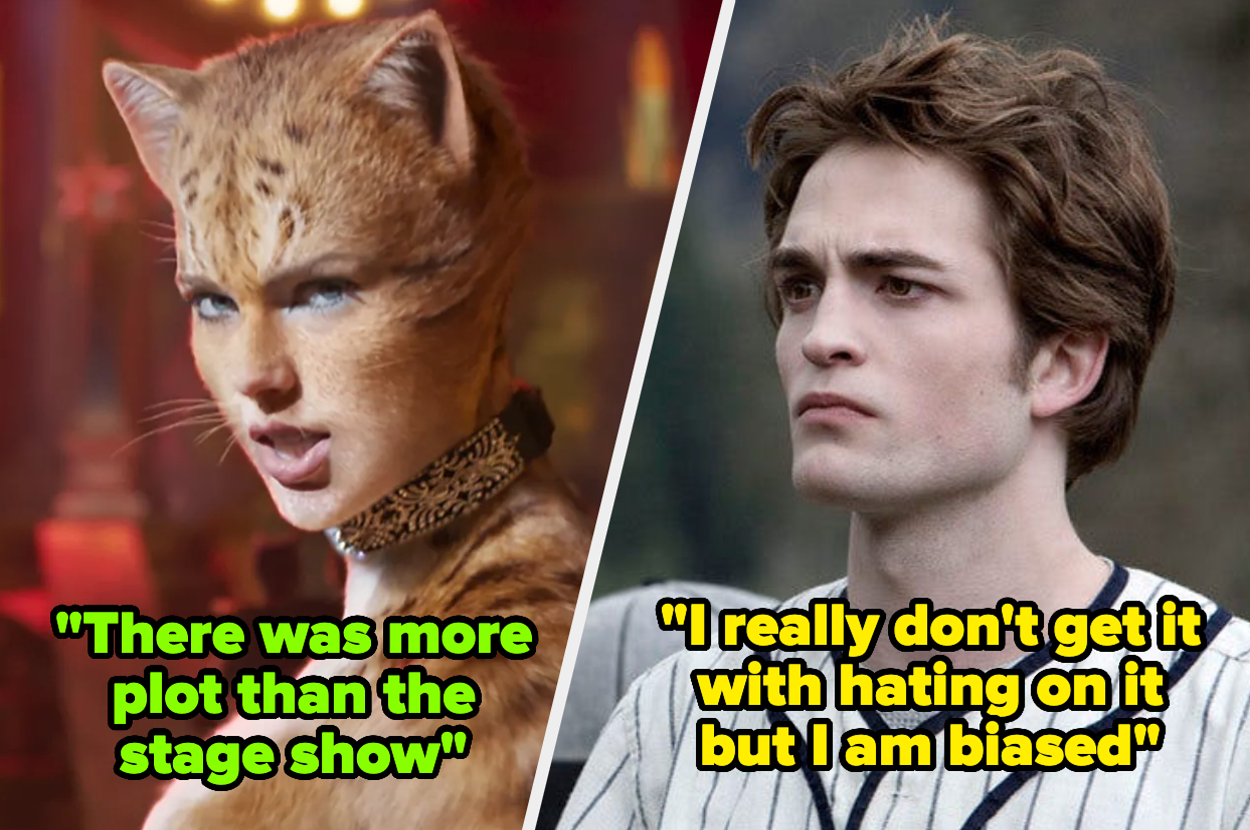
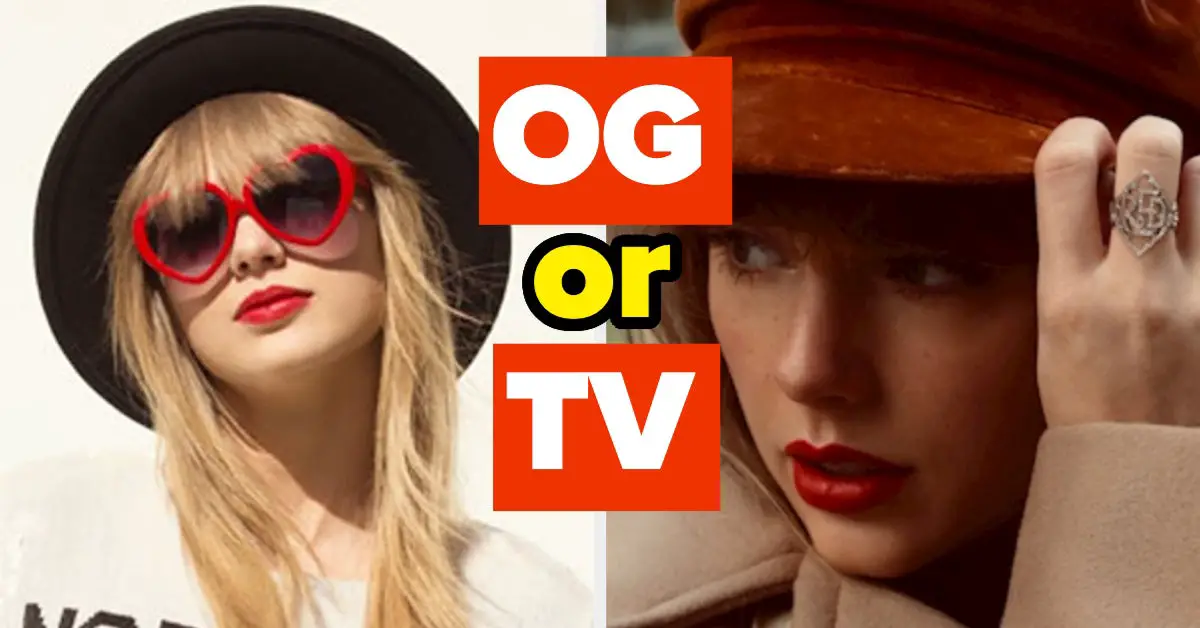




Leave a Reply